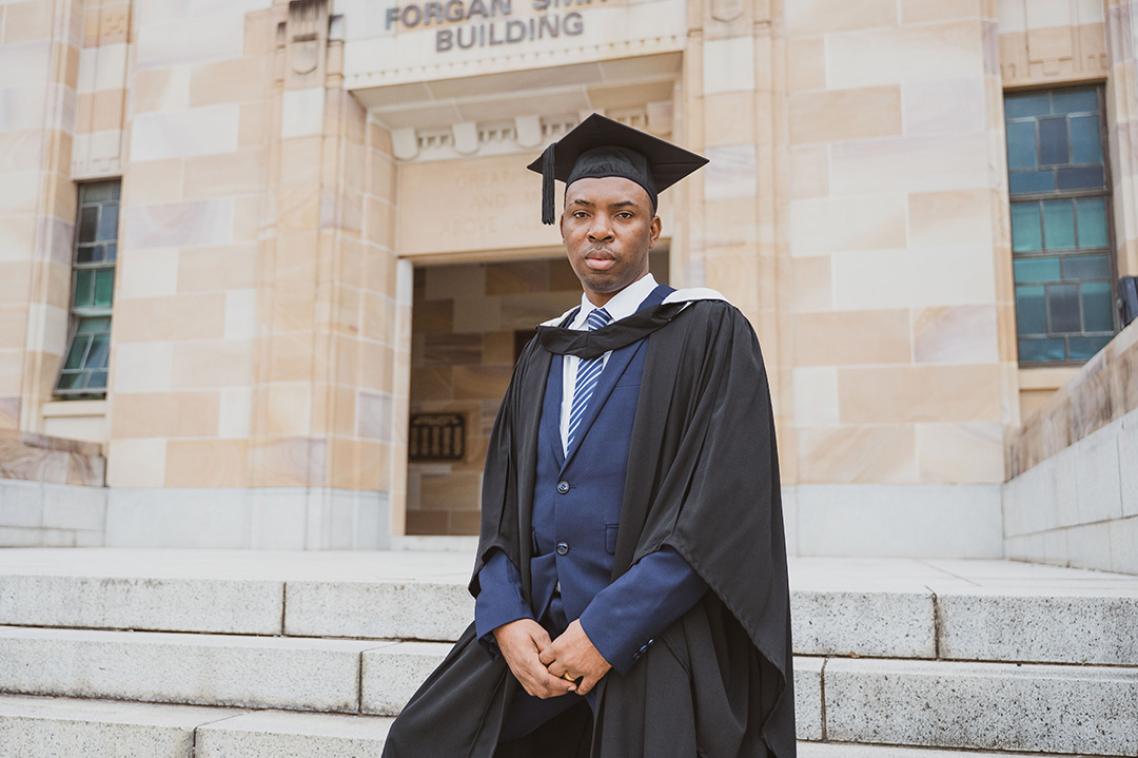Floods may impact Moreton Bay marine life
Dr Chris Roelfsema, from the School of Geography, Planning and Environmental Management at UQ, is concerned about the impact the 2011 floods may have on seagrass in Moreton Bay.
“Any degradation in seagrass cover in Moreton Bay could impact negatively on the already declining populations of dugongs and turtles that rely on it as a food source,” Dr Roelfsema said.
Dr Roelfsema and his colleagues Professor Stuart Phinn, PhD student Mitch Lyons and others have been using remotely sensed imagery and data collected in the field, from 1999 onwards to map seagrass cover in Moreton Bay and will use this data to assess the impacts of the floods earlier this year.
“The current seagrass percentage cover will be compared to previous years’ data and maps. This will indicate the extent of the impact from the 2011 floods,” Dr Roelfsema said.
As part of the research the Eastern Banks of Moreton Bay will be examined in more detail to determine the abundance and distribution of seagrass species and the Lyngbya majuscula bacteria, which can affect seagrass growth.
“Lyngbya majuscula is a species of cyanobacteria (blue-green algae) that naturally occurs in Moreton Bay and is commonly found in seagrass beds,” Dr Roelfsema said.
“We have noticed since 1999 several blooms have taken place and would expect to see this occurring again as a result of the floods,” Dr Roelfsema said.
“The impact of additional blooms on the natural environment may reduce seagrass cover and the marine animals that consume it, such as turtles and dugongs. Lyngbya also affects humans, producing breathing difficulties, along with skin and eye irritations, if they come into direct contact with it.”
During February, April, June and September 2012 maps of Lyngbya distributions will be analysed in relation to movements of turtles and dugongs who are tracked by researchers from Queensland Park and Wildlife Services.
“The results of the research will be used to assist in policy guidance and environmental management by the agencies and partners responsible for the Moreton Bay, including Queensland’s Department of Environment and Resource Management,” Dr Roelfsema said.
Dr Roelfsema works with the Biophysical Remote Sensing Group (BRG) at The University of Queensland.
The current work will be extended under a proposed ARC Linkage project with the University of Western Australia to use remote sensing and integrated field techniques for mapping and monitoring coral reef and seagrass habitats.
Results will be used for ongoing monitoring and management of the Moreton Bay by marine authorities.
Media: Kate Swanson (07) 3346 7406 or k.swanson@uq.edu.au
Related articles

Thousands of Queensland reef photos lead to worldwide change

From war-torn Liberia to the UQ Law School: a graduate’s inspiring family legacy
Media contact
UQ Communications
communications@uq.edu.au
+61 429 056 139
